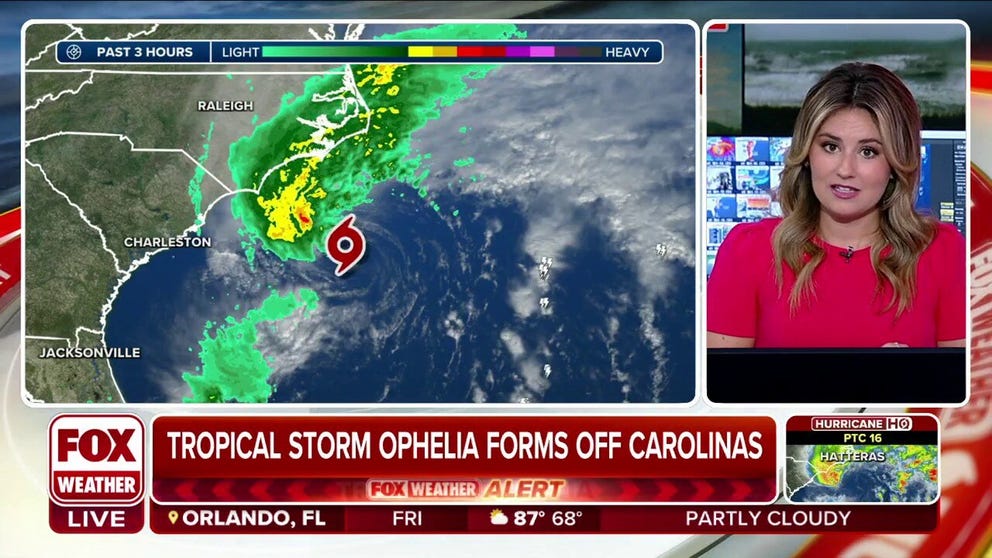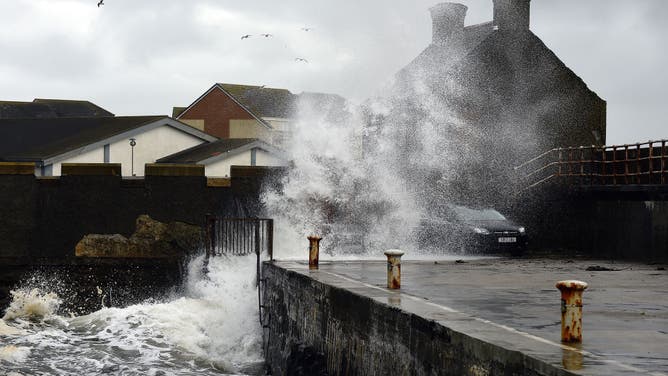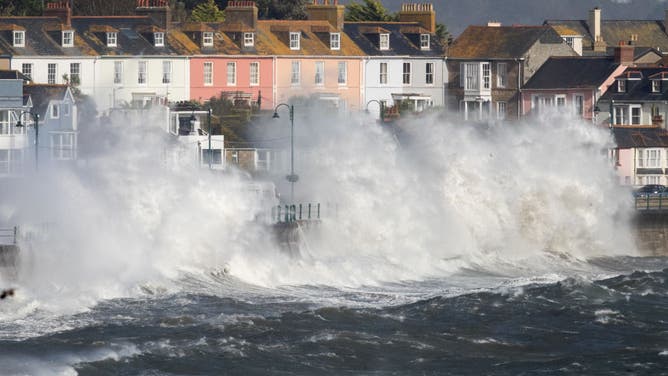The history of tropical cyclones named Ophelia
Despite previous versions of Ophelia impacting landmasses in 2005, 2011 and 2017, damage did not rise to the level that the World Meteorological Organization retired the name.
Tropical Storm Ophelia develops off North Carolina
Potential Tropical Cyclone Sixteen organized and was designated Tropical Storm Ophelia on Friday, just hours before it was expected to make landfall in North Carolina with strong winds, dangerous storm surge and heavy rains.
A named system the FOX Forecast Center will be keeping a close eye on is Ophelia in the Atlantic basin, and if the name sounds familiar, it has been on cyclone naming lists for decades but has never risen to the occasion of being retired.
The "O" name represents the fifteenth letter of the alphabet, and seeing a storm earn the name of Ophelia means the season has been busier than average, with more than 14 named cyclones.
During the 1980s and 1990s, hurricane seasons never reached the stage of using Ophelia due in part to reduced tropical cyclone activity during the decades.
The 2000s brought a flurry of activity, and Ophelia made its presence known at least three times across the Atlantic, with impacts felt in several countries, including the U.S.
TRACKING TROPICAL STORM OPHELIA AND ITS IMPACTS TO EAST COAST
Damage produced during each of the hurricanes never rose above $100 million, which helped keep the hurricane name on lists managed by the World Meteorological Organization.
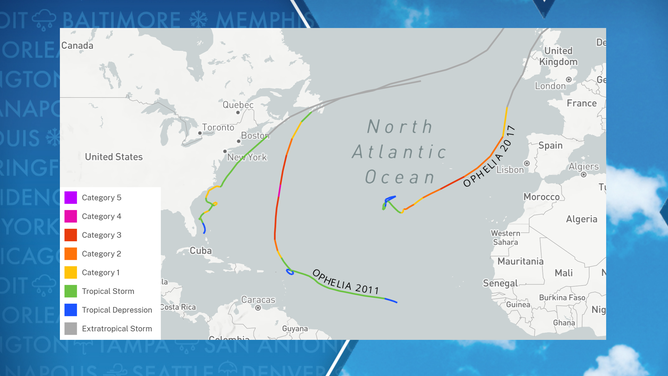
Past hurricanes named Ophelia in the Atlantic basin
(FOX Weather)
Hurricane Ophelia (2017)
The most recent occurrence of a cyclone named Ophelia happened back in 2017 when the storm was christened in the northern Atlantic.
Due to anomalously warm water temperatures, the hurricane strengthened into a major Category 3 hurricane on the Saffir-Simpson Hurricane Wind Scale before providing a glancing blow to the Azores and impacting Ireland and Northern Europe as a powerful post-tropical cyclone.
The National Hurricane Center said the cyclone was the furthest-east major hurricane during the satellite era and produced hurricane-force wind gusts over much of Ireland and the United Kingdom.
At least three deaths were tied to the storm, and forecasters considered Ophelia to be the worst storm to impact Ireland in the last 50 years.
WHEN IS THE TYPICAL LAST HURRICANE STRIKE ON THE US COAST?
Hurricane Ophelia (2011)
The strongest version of an Ophelia to be observed in the basin occurred during the 2011 season, with the cyclone reaching Category 4 strength with winds of 140 mph in the central Atlantic Ocean.
Fortunately, while the hurricane was the strongest, it was far enough away from landmasses for effects to be minimal.
Parts of the Lesser Antilles, Bermuda and Canada reported impacts from the storm, but observations never registered stronger than tropical storm strength.
The cyclone was one of 19 named storms that formed in the basin during the 2011 season, but many stayed out to sea due to a lack of a Bermuda ridge.
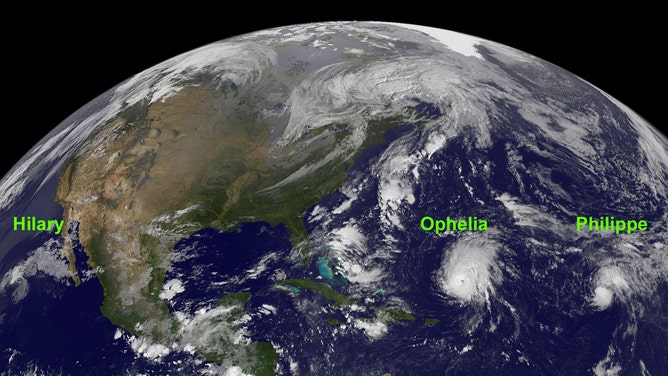
Hurricane Ophelia 2011 satellite
(NOAA)
Hurricane Ophelia (2005)
The most significant impacts in the U.S. from a hurricane named Ophelia happened in 2005 when the cyclone developed in the Bahamas and struck the coast of North Carolina.
Peak wind gusts reached 85 mph, making Ophelia a Category 1 hurricane.
The storm caused significant coastal erosion along the Outer Banks and was tied to at least three deaths from Florida to Canada.
Damage was estimated to be around $70 million, with most reports in North Carolina, with a storm surge estimated to have reached 4–6 feet.
The NHC said the storm’s slow and erratic movement helped produce flooding rain, with one observation site reporting 17.50" of precipitation.
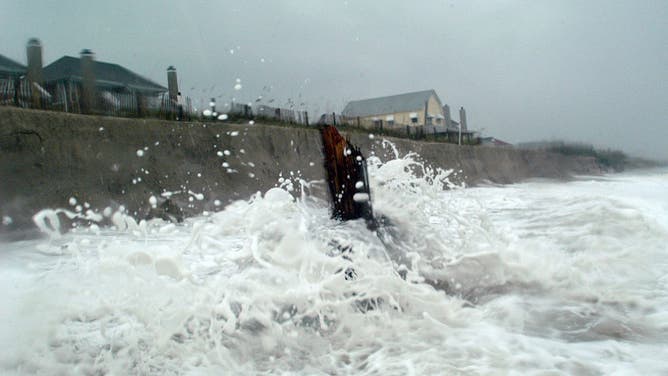
WRIGHTSVILLE BEACH, NC - SEPTEMBER 14: Waves hammer a berm formed by erosion from the the heavy winds and rough waters brought on by Hurricane Ophelia, tearing away a protective dune fence September 14, 2005 in Wrightsville Beach, North Carolina. Much of the beach and dunes has been eroded from Ophelia's pounding surf. The storm is currently a category one hurricane and is expected to do serious damage because it is reportedly moving slowly. (Photo by Logan Mock-Bunting/Getty Images)
(Getty Images)
